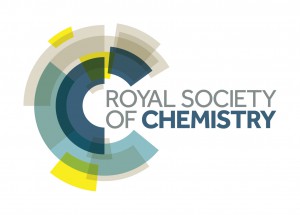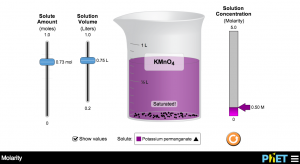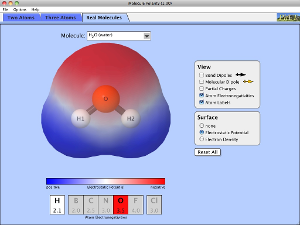Want to Join the PhET Team?
We are searching for qualified candidates who are interested in joining the PhET team as a full- or part-time Professional Research Assistant.
With our current emphasis on building and studying simulations for middle school math and science, advancing our teacher professional development resources and support system, branching into tablet and touch-compatible simulation design, and advancing the use of simulations in undergraduate chemistry, responsibilities will include (but are not limited to):
1) Redesigning existing simulations, incorporating new findings on effective sim design and adapting designs for use on touch-devices. (Software programming is NOT required. PhET has a team of in-house software developers).
2) Designing new simulations
3) Supporting simulation design, development, and research efforts – e.g. analyzing data, supporting classroom research studies, searching for web resources, etc.
5) Helping to liaison to and support the K12 community.
For more information and specific qualifications, see the online posting at:
https://www.jobsatcu.com/postings/72825
Please consider applying! And, share this information with your colleagues who might be interested.
Thanks!






